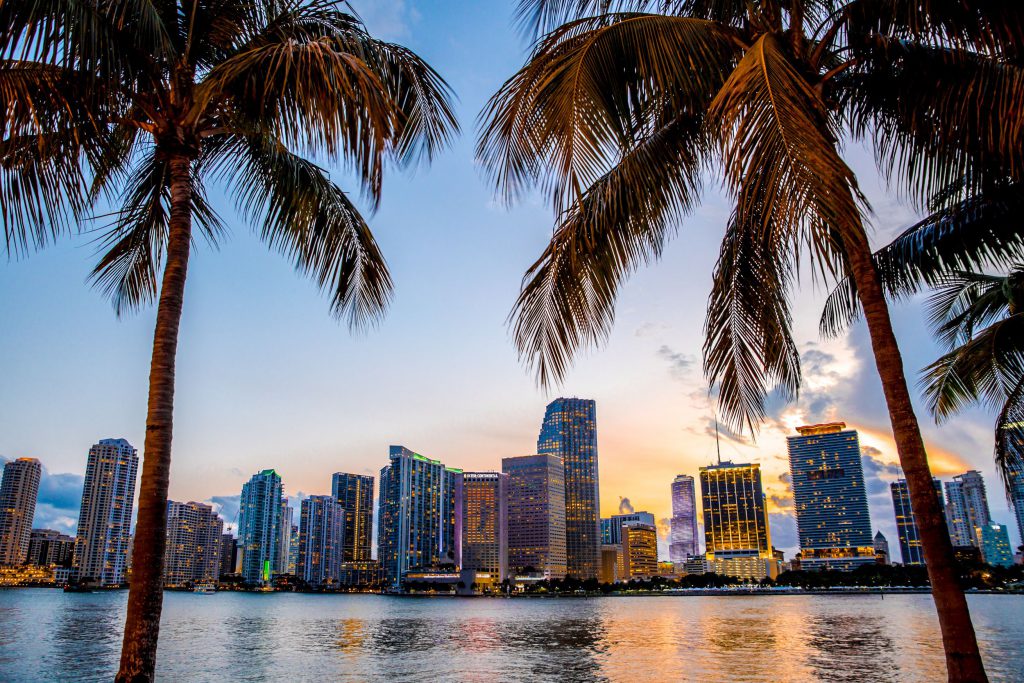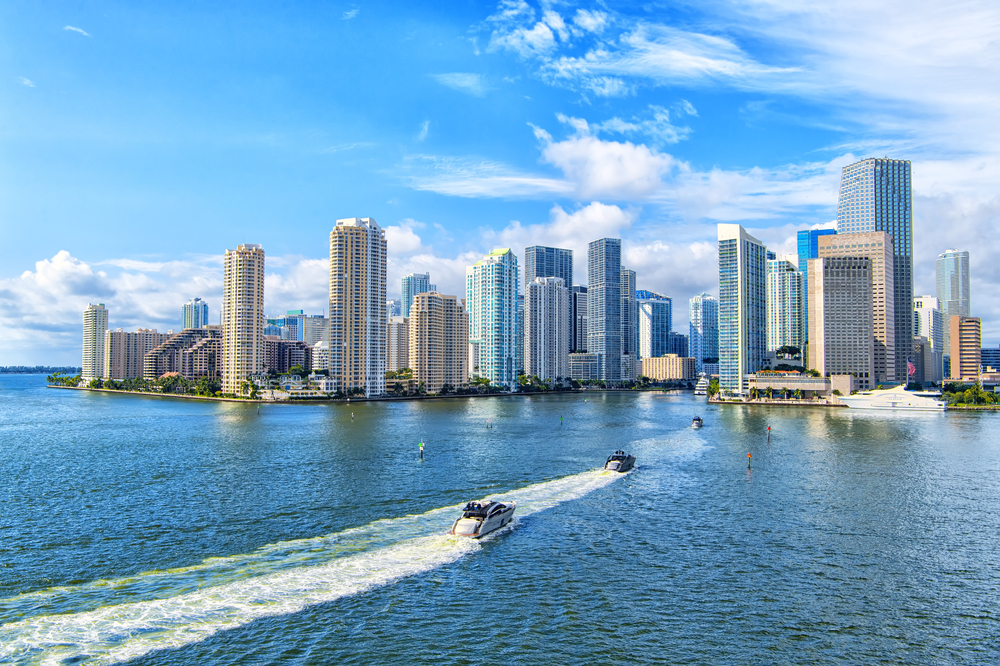The beautiful New England state of Vermont is one of the most picturesque states in the US. Its name translates to the ‘Green Mountain State’, although throughout the year there’s a real rainbow of colors as summer turns to fall and winters give way to spring.
Vermont is a northeastern state in the New England region of the United States. One of the most interesting things about this quaint little state is its moderately low population, which right now is less than 627,000 people.
Although this makes Vermont a quaint and quiet state, it is not without a distinct vibe all of its own, with small-.town hosppitality prevalent at every turn. If you’re looking for escape from the rat race, Vermont could be the perfect choice for those seeking a tranquil way from the hustle and bustle of city living.
But before you pack up your bags and hit the road. Let’s dive in and find out everything you need to know about moving to Vermont. there are a lot of things you’re going to need to know. Luckily, you’ve come to the right place.
Here are a few pros and cons to consider as you make your move to The Green Mountain State:
Vermont’s economic activity goes over $35 billion, the money comes from agricultural produce such as Dairy products, cattle, hay, apples, maple products. And in Industries such as Electronic equipment, fabricated metal products, printing and publishing, paper products, tourism.
Vermont’s economy relies heavily on the service sector; its collective activities have long been the most important in teams of overall value and employment. Vermont has a low unemployment rate as compared with other states, although pockets of high employment still exist. Wages in the state are somewhat lower than the national average.
Tourism is one of Vermont’s largest industries, bringing in nearly 13 million visitors and nearly $2.8 billion each year before Covid-19. It’s the state’s 2017 tourism study, and it supports 32,000 jobs, which is about 10% of the state’s workforce. Vermont hoteliers say the state’s lodging industry is expected to lose about $530 million in revenues this year, resulting in a loss of 48 million in occupancy taxes.
That means Vermont will likely be hit harder than other New England states by the economic impact of the Covid-19 shutdowns.
Vermont’s economic activity goes over $35 billion, the money comes from agricultural produce such as Dairy products, cattle, hay, apples, maple products. And in Industries such as Electronic equipment, fabricated metal products, printing and publishing, paper products, tourism.
Vermont’s economy relies heavily on the service sector; its collective activities have long been the most important in teams of overall value and employment. Vermont has a low unemployment rate as compared with other states, although pockets of high employment still exist. Wages in the state are somewhat lower than the national average.
Tourism is one of Vermont’s largest industries, bringing in nearly 13 million visitors and nearly $2.8 billion each year before Covid-19. It’s the state’s 2017 tourism study, and it supports 32,000 jobs, which is about 10% of the state’s workforce. Vermont hoteliers say the state’s lodging industry is expected to lose about $530 million in revenues this year, resulting in a loss of 48 million in occupancy taxes.
Living in Vermont is more expensive than it is on average across the U.S. as a whole. According to data from the Bureau of Economic Analysis, goods and services in the state cost 3.0% more than they do on average nationwide. Compared with all other states, Vermont has the 11th highest overall cost of living.
Healthcare: Vermont residents typically spend more on healthcare than the rest of the nation. On average, residents spend an average of $6,103 per year on healthcare expenses, compared to the national average of $5,640.
Utilities: Utilities include heat, air conditioning, gas, electricity, cable/satellite, and other necessities for running a home averaging around $ 170 per month.
Transportation: Vermont residents pay an average car insurance premium of $1,451 compared to the national average of $1,517. Gas prices in Vermont are currently $2.60 per gallon.
Food & Groceries: Your grocery bill will be nearly 7% higher than the national average. A single adult will typically spend around $3,800 on food each year. For a family of four, your food budget will jump to an average of $11,000 per year.
Summary regarding expenses: Although the cost of many categories is higher, those that move here can expect to save a whopping 11.5% on housing and 22% on transportation, two very significant expenses salaries in the state, can balance things out quite nicely.
Moving is one of the most exciting and overwhelming events in our lives. While there are many moving companies and various different resources to choose from, there is only one Real Movers. If you are in the process of planning a long-distance move, and you are looking for a moving company you can trust, Real Movers is your perfect choice.















